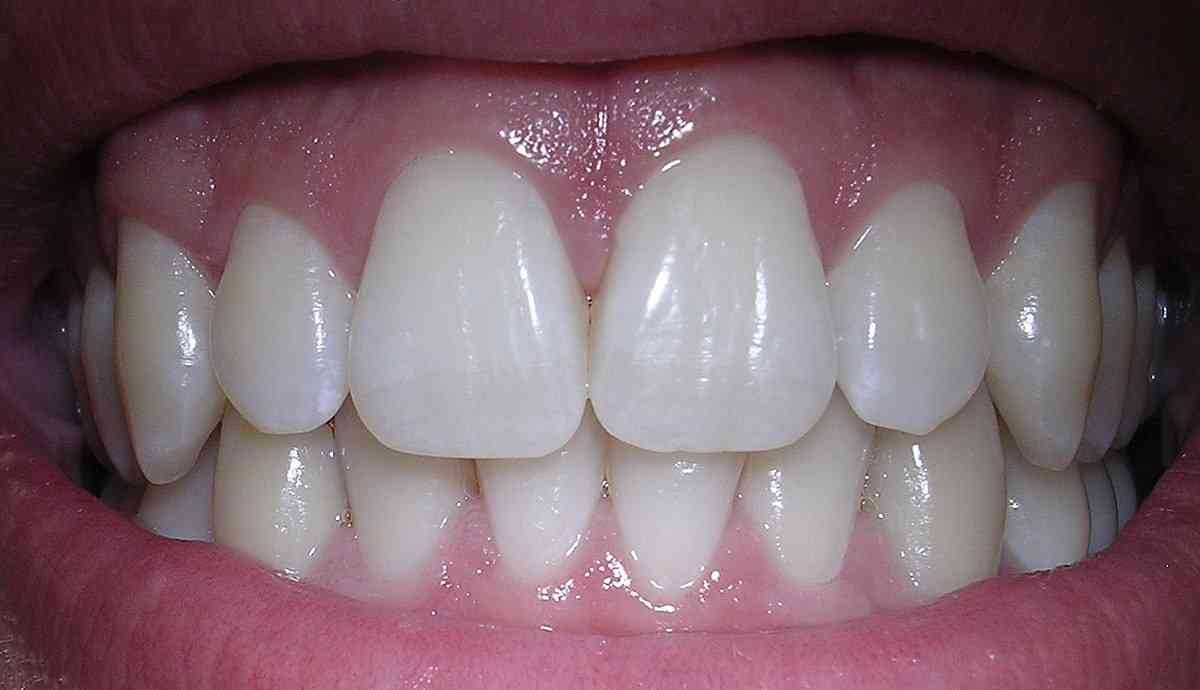AS winter and autumn approaches, you feel uneasy, not only because of the cold weather, but because of the sharp pain it brings to your teeth It feels like you will have to relocate just to escape the agony Every time you open your mouth to establish the cause of the pain, you do not find any There are no cavities, no gum inflammation or tartar around the teeth, yet each time you step outside and come back in the house, the stinging pain returns
Thoughts are racing in your mind whether to go to the dentist or not because you do not see the problem yourself, therefore, you hesitate The pain only starts after entering a warm building, it may last for a couple of minutes, sometimes even hours Home remedies have not been of help, painkillers have only been a band aid solution, as the problem still persists Hence you wonder if the problem really exists or you are just imagining it
For the majority of people worldwide, going outside in cold air or stepping into a heated room can trigger excruciating pain This phenomenon is termed ambient thermal differential-induced tooth sensitivity Some may ask what the difference is between this condition and the normal tooth sensitivity that we know Unlike normal tooth hypersensitivity, this condition is not caused by direct response to thermal stimulation, but by the temperature gradient between outside and inside (the thermal differential)
For example, you were walking outside in the cold for a long time, then you decide to enter a warm room to seek shelter That sudden change in temperature can bring about changes in the vascular system that lead to pain induction if repeated It is common in a healthy-looking tooth without any pathologies present Despite the fact that cold is the most commonly reported trigger, hot, evaporative, tactile, osmotic and chemical stimuli can also cause discomfort
By exposing the dentin, the second layer of teeth after the enamel, and opening the dentinal tubule network, which transmits sensory information like pain temperature from the tooth surface to the pulp acting as a warning system against proteinal damage, the consensus surrounding the case definition of this condition emphasises the increased stimulus transmission The nature of the pain of ambient thermal differential-induced tooth sensitivity is different from the typical dental hypersensitivity because it is diffuse, dull and throbbing It appears after 5 to 10 minutes and can last up to over an hour If the initial pain was on the left side, it can spread to right side.
Source: NewsDay Zimbabwe
All Zim News
All Zim News is a central hub for all things Zimbabwean, curating news from across the country so no story is missed. Alongside aggregation, our team of nationwide reporters provides real-time, on-the-ground coverage. Stay informed and connected — reach us at admin@allzimnews.com.
